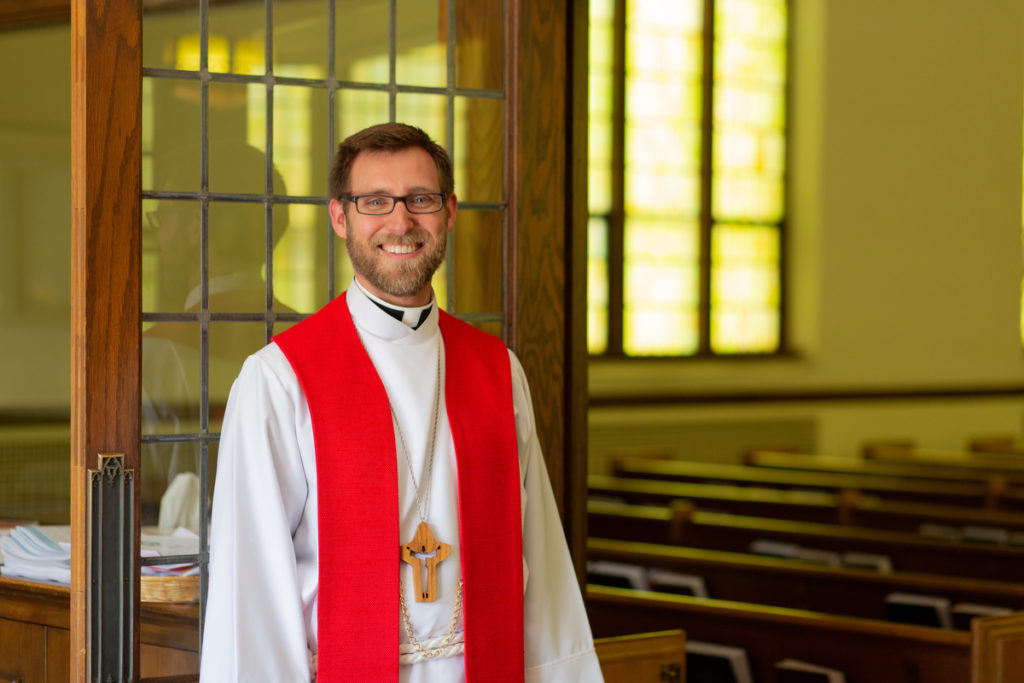Consider the contrasting good news and not-so-good news ministry challenges that are confronting many of our congregations in 2024:
Good News: Many local churches have now been blessed by the return of members to in-person worship services now that the pandemic is over.
Not-so-good News: A great many of our congregations have nevertheless experienced a significant decrease in overall weekly in-person worship attendance when compared to 2019; i.e., before the pandemic.
Good News: Many smaller congregations are in good financial shape; benefiting from the generosity of the active Boomers who make up a majority of their membership.
Not-so-good News: These aging Boomers will not remain active indefinitely. And there are very few Gen X, Millennial, and Gen Z members to take their place; whether as generous givers or volunteers.
Good News: Both the LCMC and NALC are continuing to attract new congregations. The NALC now has a total of 500 congregations, and the LCMC is now made up of almost 1,000 churches. (75 of these churches belong to both the NALC and LCMC.)
Not-so-good News: A significant percentage of these new congregations have been dealing with extended pastoral vacancies. Some of them are joining, in part, in the unrealistic expectation that they will now have an easier time finding and calling their next pastor.
Good News: Most LCMC and NALC congregations are aware of how important it is for them to prioritize and pursue the Great Commission. As a result, their congregational leaders are both aware of the importance of reaching out to the unchurched, and are motivated to take action.
Not-so-good news: Effective congregational outreach and evangelism is actually more challenging now than in the past. The reasons include…
1. The on-going and increasing secularization of American culture; a process that has only accelerated with the advent and ubiquitousness of social media.
2. The politicization of so many American congregations in a time of unprecedented levels of divisive and partisan political conflict. Many congregations have been dealing with controversial political and social conflicts that have directly led to significant internal conflict. Of pastors who admit to considering leaving the ministry, 38% said that “current political divisions” were one important factor.
3. The growing percentage of Americans who claim they have no religious affiliation. Gallup has asked about religious affiliation going all the way back to 1950, when more than 90% of respondents identified as Christian. In 2012 it was 77%. In 2023 it was 68%.
However, I would like to conclude with some extra good news as you and your congregation plan for the immediate future.
Most of you belong to church bodies—like the LCMC and NALC—which adhere to and advocate for basing our Christian identity on the centrality of Scripture. As a result, your pastors and congregational leaders don’t need to make apologies for being part of a national church body that has based its primary identity more on secular causes than on the Great Commission.
While our culture has indeed become increasingly secular, and fewer people identify as Christians, many unchurched Americans are in almost desperate need of the kind of supportive and loving community that the local church—your church—can provide. The need of many unchurched Americans to be a part of a caring community is now greater than ever. The pandemic became a profound reminder, to millions of Americans, that they have been living lives characterized by loneliness and social isolation. This presents an amazing opportunity for local churches to incarnate the love of Jesus Christ for the isolated and hurting people living in their local communities.
So consider challenging yourself and the individual members of your congregation to pursue these three simple steps:
A. To each think of an unchurched friend (or acquaintance) living in your local community. Begin to meet regularly with this person; walking alongside him/her as he/she faces the challenges of life. This is primarily a listening ministry, and learning to ask the right questions as a way of bonding over time.
B. When the time is right, invite your friend to visit your congregation on a Sunday. Offer to pick your friend up on that first Sunday. And give two or three of your church friends (and the pastor) a “heads-up”, letting them know you are bringing a first-time visitor.
C. In this role you will essentially become your congregation’s ambassador for Christ to this new friend (and now visitor). You will be the one to not only assure your friend’s welcome on that first Sunday; you will also increase the odds that he/she will be assimilated and discipled by the members of your congregation.
D. One more thing: Even if the new friend is unwilling to visit, do not end the relationship. Keep getting together, even if this becomes a solo ministry on your part. Ultimately it’s not necessarily about membership; it’s about discipleship.
Pastor Don Brandt




















Good News- we are ripe for aging ministry, which can bring renewal and revival to the local Church.
IMHO one of our central stumbling blocks to mission is our opening stance: train our people to invite to a place for a given event we call worship. A movemental missional perspective would be training our laity to engage in Kingdom ministry where they already do life: train for sending and the invitation will follow. Train for inviting only and a skeptical secular world will question the motives given the stance is one of scarcity: we have no Gen Z, etc. so we need them in our building.